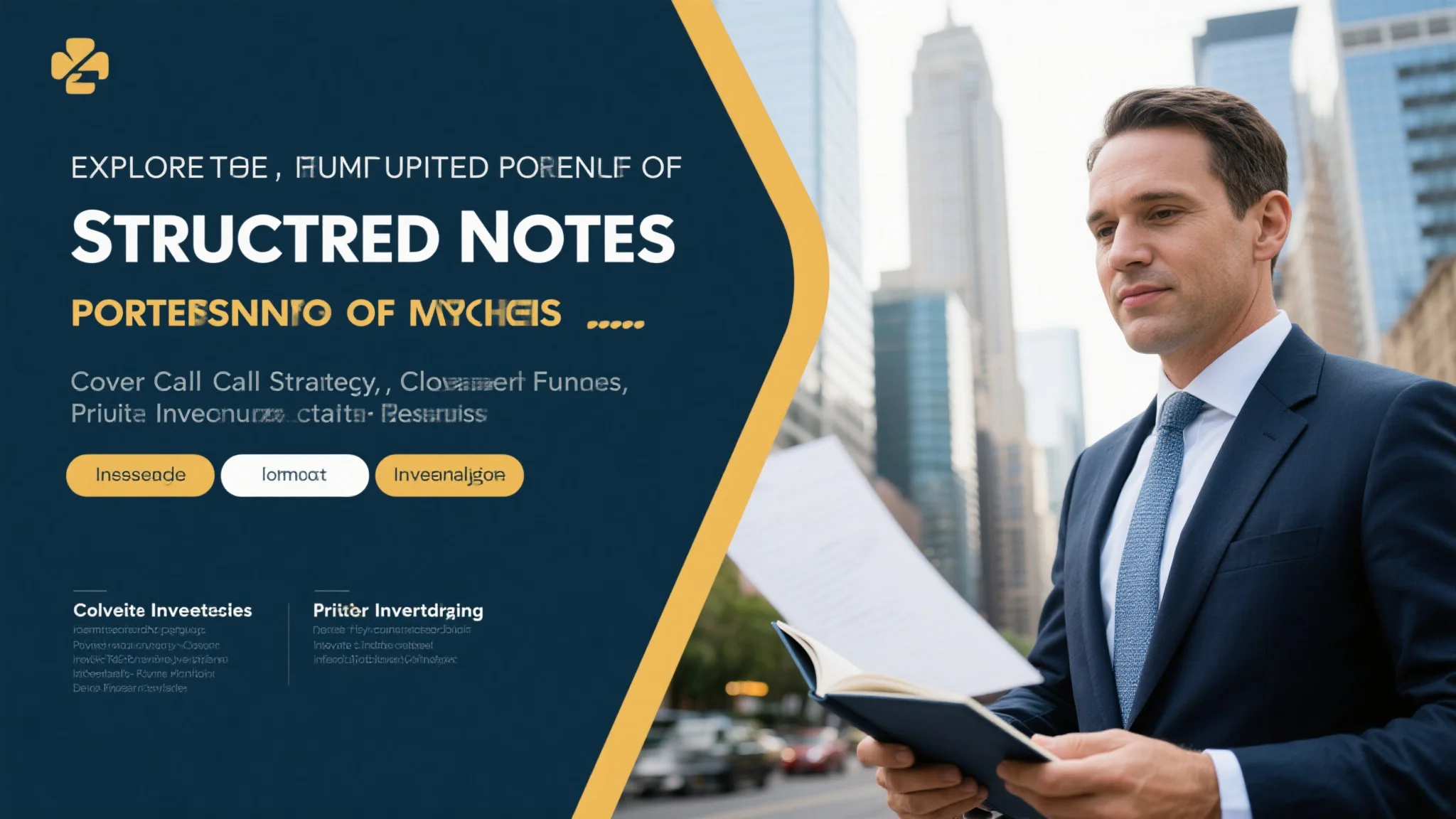
What You Need to Know Before Investing in Real Estate Crowdfunding
Understanding the Real Estate Crowdfunding Landscape
The world of real estate crowdfunding has evolved dramatically over the past decade, transforming from a niche alternative investment into a mainstream option for both accredited and non-accredited investors. This innovative approach to property investment allows individuals to participate in commercial and residential real estate deals with relatively small capital outlays, bypassing traditional barriers like large down payments and property management responsibilities. Unlike conventional real estate investing that often requires substantial personal involvement, crowdfunding platforms handle everything from property acquisition to tenant management, offering truly passive real estate exposure.
Several distinct models have emerged within the crowdfunding space. Some platforms specialize in debt investments where participants essentially act as mortgage lenders, earning interest payments without equity risk. Others focus on equity participation, allowing investors to share in both rental income and potential appreciation. The most sophisticated platforms now offer hybrid models that combine elements of both approaches, along with innovative structures that provide varying levels of liquidity. What all these models share is the democratization of real estate investing, breaking down the historical barriers that kept average investors from accessing institutional-quality properties.
Due diligence remains critically important when evaluating crowdfunding opportunities. The most successful investors develop systematic approaches to assessing platform credibility, sponsor track records, and underlying property fundamentals. Unlike publicly traded REITs where extensive disclosures are mandated by regulators, crowdfunding deals often operate in a less transparent environment, making independent verification of claims particularly valuable. Savvy participants typically diversify across multiple platforms and property types to mitigate platform-specific risks while maintaining concentrated enough positions to make the due diligence effort worthwhile.
The Role of Private Credit in Modern Portfolios
As traditional fixed income yields struggle to keep pace with inflation, many investors are turning to private credit investment opportunities to enhance portfolio income. This asset class, which includes everything from real estate bridge loans to small business financing, offers yields typically several percentage points above comparable public market instruments. The premium compensates investors for reduced liquidity and higher complexity, but when properly structured, these investments can provide stable cash flows with relatively low correlation to public markets. Real estate crowdfunding platforms have become major facilitators of private credit deals, particularly in the commercial property sector.
One of the most attractive aspects of private credit in the current environment is its floating rate nature. Unlike traditional bonds with fixed coupons, many private debt instruments tie their interest payments to benchmark rates like SOFR or Prime. This feature provides built-in protection against rising interest rates, as coupon payments adjust upward along with broader monetary policy. For income-focused investors, this dynamic can mean growing cash flows during precisely those periods when traditional fixed income portfolios suffer the most. The combination of yield premium and rate sensitivity makes private credit particularly compelling in today’s uncertain rate environment.
Risk management in private credit requires different approaches than public market investing. Without daily pricing or liquid secondary markets, investors must rely more heavily on fundamental analysis and structural protections. Loan-to-value ratios, personal guarantees, and recourse provisions take on heightened importance when evaluating opportunities. Seasoned participants often construct diversified portfolios of private credit investments across different geographies, property types, and borrower profiles to mitigate concentration risk. The most sophisticated platforms now provide detailed historical performance data that can help investors make more informed comparisons between offerings.

Structured Notes as a Complement to Real Estate
Sophisticated investors are increasingly incorporating structured notes investment strategies alongside their real estate allocations to create more robust income portfolios. These hybrid securities, which combine elements of debt and derivatives, can offer customized risk/return profiles that traditional investments can’t match. In the context of a real estate portfolio, structured notes might provide downside protection during market corrections or enhanced participation during upswings. Their flexibility makes them particularly valuable for investors seeking to fine-tune their overall exposure to property markets.
One common application involves using structured notes to hedge concentrated real estate positions. An investor with significant exposure to commercial properties in a particular region might use a note structured to gain value if broader real estate indexes decline. This creates a form of insurance that can protect against systemic risks while maintaining exposure to the specific properties the investor believes in most strongly. The cost comes in the form of reduced upside potential, but for many investors, this tradeoff makes sense given their overall portfolio objectives.
Understanding the underlying mechanics remains essential when evaluating structured notes. Unlike straightforward bonds or stocks, these instruments often involve complex payoff formulas based on the performance of reference assets or indexes. The most common pitfalls include underestimating issuer credit risk (since most notes are unsecured obligations of the issuing bank) and misunderstanding the conditions required to achieve advertised returns. Working with experienced advisors can help navigate these complexities, particularly for investors new to the structured products market.
Comparing Crowdfunding With Traditional REITs
While REIT investment opportunities through public markets offer convenience and liquidity, crowdfunding platforms provide access to property types and deal structures rarely available through traditional channels. Public REITs necessarily focus on large-scale, institutional-quality properties that can support the overhead of being publicly traded. Crowdfunding, by contrast, opens up the middle market – properties large enough to be professionally managed but small enough to fall below the radar of major institutional investors. This segment often offers superior risk-adjusted returns precisely because it’s less efficiently priced than the institutional market.
Liquidity represents the most significant tradeoff between these approaches. Public REITs trade on exchanges with bid-ask spreads typically just pennies wide, while crowdfunding investments often come with multi-year lockup periods. However, this illiquidity premium is precisely what allows crowdfunding deals to offer higher potential returns. Investors willing to sacrifice short-term access to their capital can benefit from this compensation. Some platforms are beginning to experiment with secondary markets for crowdfunded investments, though these remain limited compared to public market alternatives.
Tax treatment also differs meaningfully between these real estate investment vehicles. Public REIT dividends often contain significant ordinary income components, while crowdfunding returns may qualify for more favorable treatment depending on the deal structure. Equity participations in particular can generate long-term capital gains and depreciation benefits that aren’t available through REIT investments. These distinctions can materially impact after-tax returns, particularly for high-net-worth investors in upper tax brackets.
The Overlooked Potential of Preferred Securities
Often overshadowed by more glamorous alternatives, preferred stocks can play a valuable role in balancing real estate crowdfunding portfolios. These hybrid securities, which sit between common stock and bonds in the capital structure, offer fixed-income-like payments with equity-like appreciation potential. Many real estate companies issue preferred shares to finance their operations, creating natural synergies with property-focused investment strategies. In market environments where common stock valuations appear stretched but bond yields remain unattractive, preferreds can offer a compelling middle ground.
One particularly interesting application involves pairing preferred securities with crowdfunding investments to manage overall portfolio risk. The steady income from preferreds can offset the variable cash flows from real estate participations, creating more consistent overall distributions. During periods when crowdfunding deals are between properties or experiencing temporary vacancies, preferred dividends help maintain baseline income levels. This combination approach allows investors to maintain meaningful real estate exposure while smoothing out some of the inherent lumpiness in property cash flows.
Not all preferred securities are created equal, and careful selection remains paramount. Real estate preferreds come in various structures, including traditional fixed-rate, floating-rate, and even participating versions that share in property appreciation. Credit quality varies widely across issuers, from investment-grade REITs to speculative development companies. Dividend coverage ratios and payout frequencies also differ meaningfully. The most successful investors develop disciplined screening criteria to identify preferreds that genuinely complement their overall real estate allocation rather than simply chasing the highest yields available.
Building a Diversified Alternative Income Portfolio
The most successful real estate crowdfunders don’t put all their eggs in one basket. Instead, they construct diversified portfolios that blend various alternative income sources to optimize risk-adjusted returns. A typical allocation might combine core crowdfunding positions with complementary investments in private credit, structured notes, and preferred securities. This multi-pronged approach creates multiple income streams with differing risk profiles and return drivers, reducing reliance on any single market segment or economic scenario.
Asset allocation methodologies for alternative income portfolios differ meaningfully from traditional stock/bond mixes. Rather than focusing primarily on volatility metrics, investors must consider factors like cash flow timing, tax implications, and structural subordination. Liquidity needs should be carefully assessed, as many alternative investments come with lockup periods or limited redemption options. Many successful investors ladder their commitments across multiple vintages to ensure continuous cash flow availability rather than facing concentrated maturity walls.
Monitoring and rebalancing alternative income portfolios requires more active management than traditional investments. Without daily pricing or liquid markets, valuation assessments often rely on estimated cash flows rather than market quotes. Distribution yields can change unpredictably as underlying investments pay off or extend. The most disciplined investors establish clear protocols for reinvesting proceeds and reallocating capital based on changing market conditions and personal financial needs.
Navigating Regulatory and Tax Considerations
Real estate crowdfunding and other alternative income investments come with complex regulatory and tax implications that demand careful attention. The JOBS Act of 2012 opened crowdfunding to non-accredited investors, but significant restrictions remain on investment amounts and marketing practices. Accredited investor rules continue to govern access to many private offerings, including most institutional-quality real estate deals. Understanding these boundaries helps investors avoid compliance missteps while maximizing their available opportunities.
Tax treatment varies considerably across different alternative income strategies. Some crowdfunding returns qualify for favorable long-term capital gains rates, while others get taxed as ordinary income. Private credit payments are typically fully taxable, though certain structures like Opportunity Zone funds can provide meaningful deferrals or exemptions. REIT dividends often contain non-dividend return of capital components that affect basis calculations. These nuances can significantly impact after-tax returns, making consultation with knowledgeable tax professionals well worth the expense.
State-level regulations add another layer of complexity, particularly for real estate investments. Some states impose additional filing requirements or tax withholding on out-of-state participants in local property deals. Others have unique securities laws governing private offerings. The most thorough investors factor these jurisdictional differences into their due diligence processes, sometimes avoiding particularly cumbersome markets entirely in favor of more investor-friendly environments.
Developing a Long-Term Alternative Income Strategy
Successful participation in real estate crowdfunding and related alternative income strategies requires more than just selecting individual deals – it demands a comprehensive, long-term approach. The most effective investors develop clear investment theses that guide their participation across market cycles. Some focus on specific property types where they have particular expertise, while others emphasize geographic concentrations in growing markets. Whatever the approach, consistency and discipline tend to outperform opportunistic dabbling over extended periods.
Portfolio construction should align with overall financial objectives and risk tolerance. Investors nearing retirement might emphasize current income through debt-oriented crowdfunding and private credit investment strategies, while those with longer time horizons could allocate more to equity participations with appreciation potential. Liquidity needs should be carefully assessed, with adequate reserves maintained outside illiquid alternatives. The best strategies balance ambition with pragmatism, recognizing that alternative investments complement rather than replace traditional portfolio components.
Continuous education remains vital in this rapidly evolving space. Platform offerings, regulatory frameworks, and market conditions all change over time, requiring ongoing attention from serious participants. The most engaged investors establish processes for regularly reviewing new opportunities, monitoring existing holdings, and adjusting strategies as needed. This might involve participating in investor communities, attending industry conferences, or maintaining relationships with multiple platforms to compare terms and performance.


